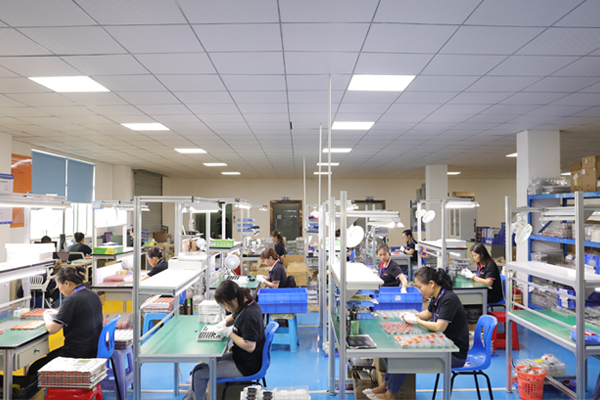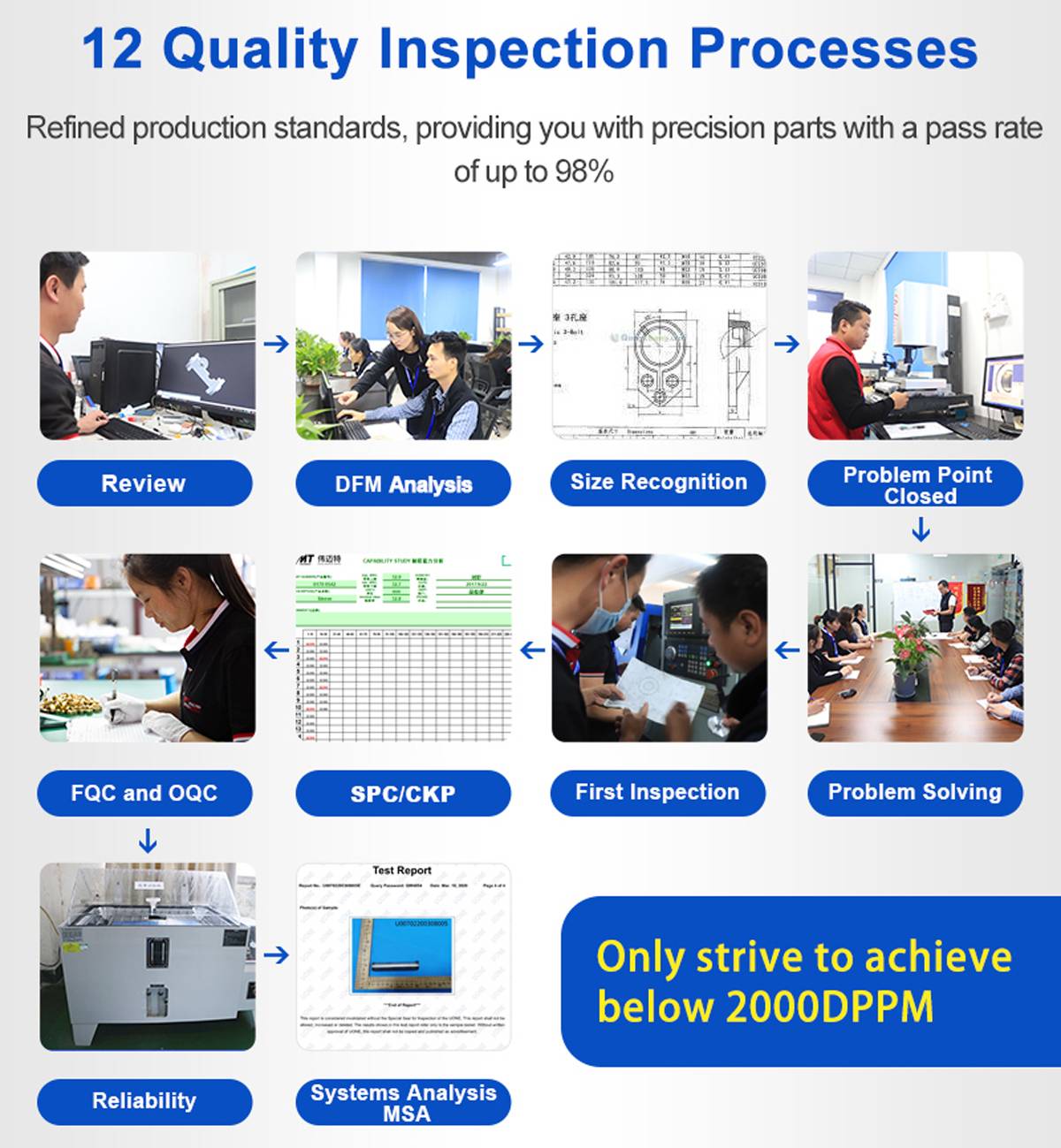15 years one-stop China custom CNC machining parts factory

Hey there I’m VMT Sam!
With 25 years of CNC machining experience we are committed to helping clients overcome 10000 complex part-processing challenges all to contribute to a better life through intelligent manufacturing. Contact us now
 108 |
Published by VMT at Feb 25 2024
108 |
Published by VMT at Feb 25 2024
Introduction:
In the realm of CNC machined parts manufacturing, surface adherents and impurities pose common challenges, potentially impacting the appearance, performance, and reliability of parts. To ensure the quality and reliability of parts, effective measures must be taken to address these surface adherents and impurities. This article introduces methods for handling surface adherents and impurities in CNC machined parts, ensuring both quality and performance.

I. Identifying Adherents and Impurities:
Before addressing surface adherents and impurities in CNC machined parts, it is crucial to identify them. Common adherents and impurities include chips, abrasive particles, oil residues, dust, etc. These substances may originate from coolant, lubricants, cutting fluids during the machining process, or environmental dust and dirt.

II. Developing a Cleaning Process:
Based on the type and distribution of adherents and impurities, devise an appropriate cleaning process. Typically, the cleaning process includes pre-cleaning, washing, post-processing, and inspection. Pre-cleaning removes large adherents, washing employs suitable cleansers to eliminate oil residues, dust, etc., post-processing may involve drying and coating protection, and inspection ensures the processed parts meet requirements.
III. Choosing Suitable Cleansers and Equipment:
Select appropriate cleansers and cleaning equipment based on the nature of adherents and impurities. Cleansers should have excellent dissolving and penetrating capabilities to effectively remove various impurities. Cleaning equipment selection should consider the cleanser's characteristics and the part's shape and size. Common cleaning equipment includes ultrasonic cleaners, spray cleaning machines, and roller cleaning machines.
IV. Controlling Environmental Factors:
Environmental factors play a significant role in the process of addressing surface adherents and impurities in CNC machined parts. Temperature, humidity, and cleanliness must be controlled to maintain stable and reliable processing conditions.
V. Strengthening Quality Inspection and Control:
During the process of addressing surface adherents and impurities, it is essential to enhance quality inspection and control. Regular quality inspections help identify and address issues promptly, preventing the occurrence of non-compliant products. Establishing a robust quality control system ensures effective control at every stage, improving the processing effectiveness and part quality.

VI. Case Analysis and Practical Experience:
A mechanical manufacturing enterprise implemented a series of measures to address surface adherents and impurities in CNC machined parts. They identified and classified different types of adherents and impurities, formulated corresponding cleaning processes, and carefully selected cost-effective cleansers and equipment. Environmental control was enhanced to maintain optimal processing conditions. Strict quality inspections and control were implemented to ensure the processed parts met high-quality standards. These measures significantly improved the surface quality and reliability of CNC machined parts.
VII. Conclusion and Outlook:
Addressing surface adherents and impurities in CNC machined parts is a crucial aspect of ensuring part quality and reliability. Through the identification of impurities, formulation of cleaning processes, selection of suitable cleansers and equipment, environmental control, and strengthening quality inspection and control, high-quality surface finishes for CNC machined parts can be achieved. As new materials, processes, and technological innovations continue to emerge, the capabilities for improving surface quality and reliability in CNC machined parts are expected to advance further.
To adapt to this trend, companies should stay informed about the dynamic development of new technologies and materials, actively adopting advanced surface treatment technologies to enhance surface quality and reliability. This proactive approach helps meet market demands, elevate customer satisfaction, and maintain a leading position in the competitive market environment.
Ready To Start Your Next Project?
Get Instant Quote

Request a Free Quote
Send us a message if you have any questions or request a quote. We will get back to you ASAP!